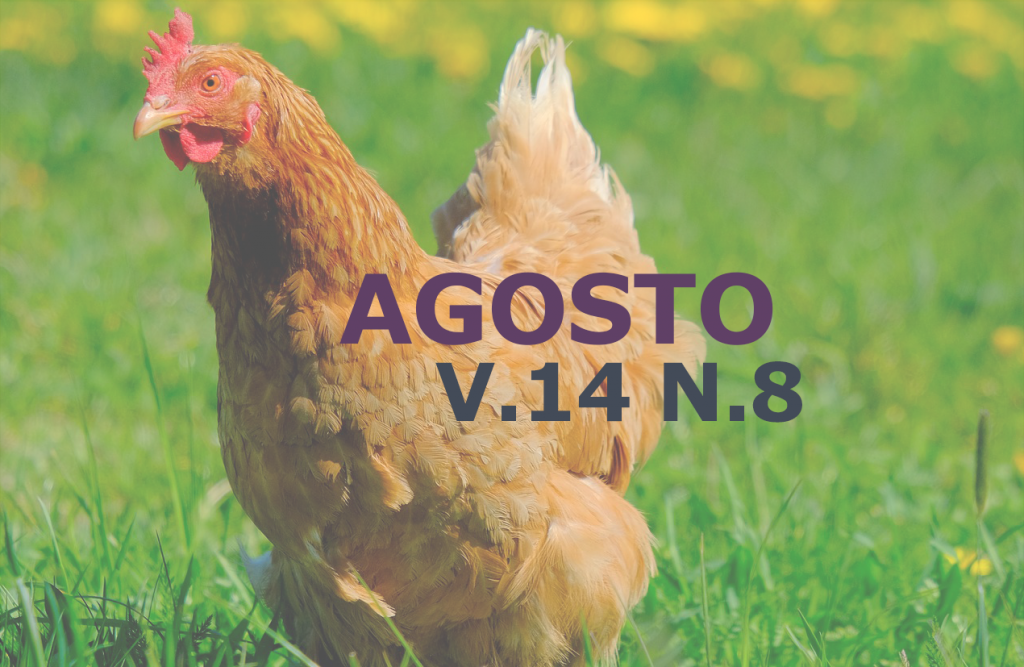Leishmaniasis in equines: Review
DOI:
https://doi.org/10.31533/pubvet.v14n8a631.1-5Keywords:
leishmaniasis, horses, anthropozoonosisAbstract
Leishmaniasis is an anthropozoonosis caused by a protozoan of the genus Leishmania, transmitted predominantly by the bite of sand flies of the genus Lutzomya. It is a disease of high relevance in public health. The objective of this paper was to review leishmaniasis in horses. In these animals, the disease causes papulonodular and/or ulcerated lesions and rarely lymphadenopathy. The diagnosis is made mainly by the histopathological examination of the skin lesions and by serological methods. Leishmaniasis should be included in the differential diagnosis of cutaneous diseases in horses that are not responsive to antibiotics and antifungals. Equine leishmaniasis is a neglected tropical disease and its importance in the human leishmaniasis transmission cycle is still unclear.
Downloads
Published
Issue
Section
License
Copyright (c) 2020 Alisson Florencio Vieira, Thainá Favalessa Fracalossi Alvarenga, Solimar Felipe Contarini de Oliveira, Erick Cabral Coelho, Mariana Caetano Teixeira, Luiz Alexandre Moscon, Diogo Almeida Rondon, Clairton Marcolongo Pereira

This work is licensed under a Creative Commons Attribution 4.0 International License.
Você tem o direito de:
Compartilhar — copiar e redistribuir o material em qualquer suporte ou formato
Adaptar — remixar, transformar, e criar a partir do material para qualquer fim, mesmo que comercial.
O licenciante não pode revogar estes direitos desde que você respeite os termos da licença. De acordo com os termos seguintes:
Atribuição
— Você deve dar o crédito apropriado, prover um link para a licença e indicar se mudanças foram feitas. Você deve fazê-lo em qualquer circunstância razoável, mas de nenhuma maneira que sugira que o licenciante apoia você ou o seu uso. Sem restrições adicionais
— Você não pode aplicar termos jurídicos ou medidas de caráter tecnológico que restrinjam legalmente outros de fazerem algo que a licença permita.





